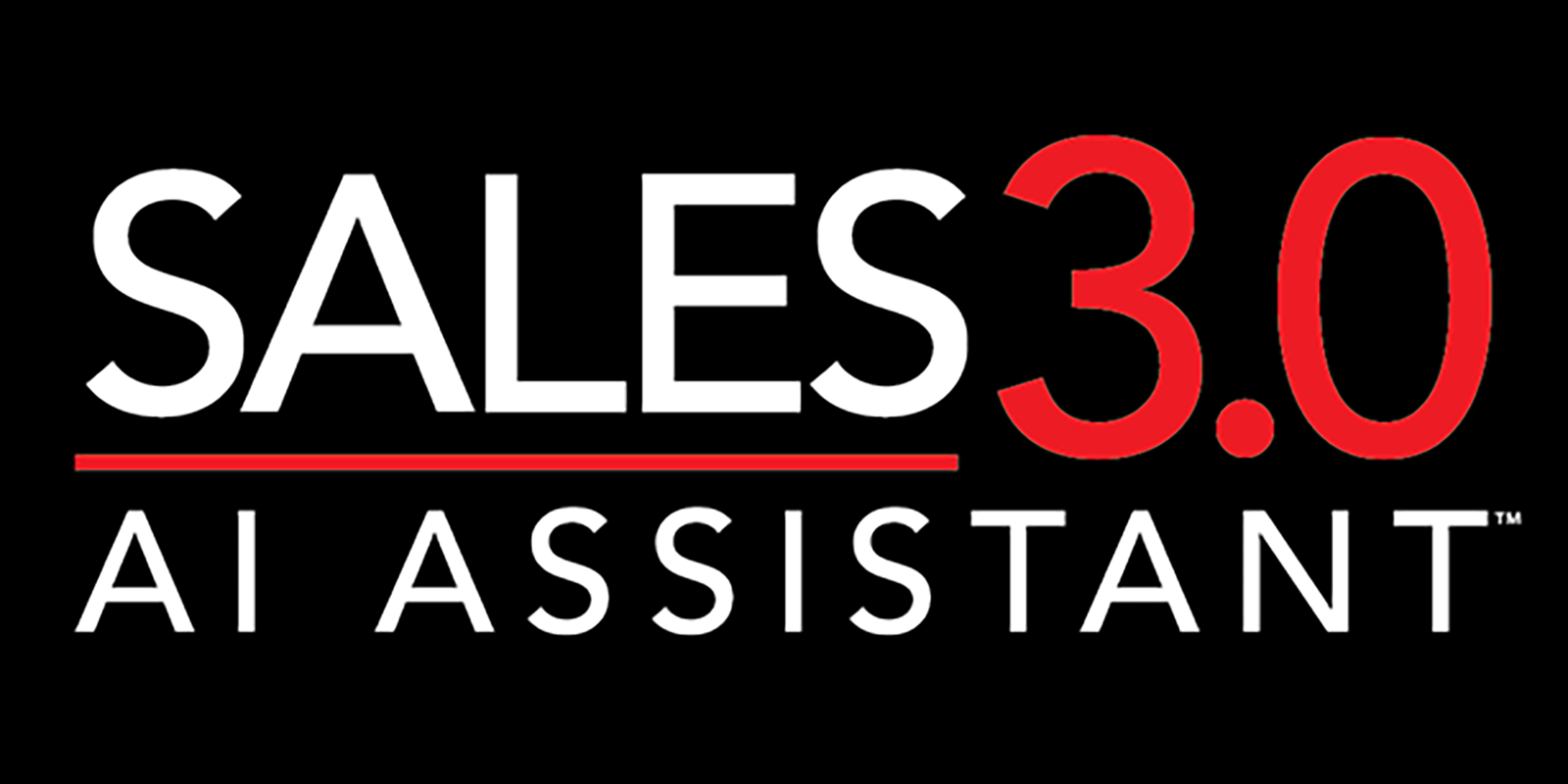For years, advancements in AI have been changing the world of sales – for example, improving forecasting through the use of time series and transcribing conversations to derive insights through natural language processing. Now, generative AI has burst onto the scene, creating a new level of focus on AI’s potential.
At its core, this technology breaks down into three different capabilities that are both basic and groundbreaking:
- Summarization: Summarizing a conversation seems basic but was difficult to do, so very few companies provided it. However, generative AI tools make summarizing conversations simple, allowing companies to design prompts that create accurate summaries as well as recommended actions. Many people are already using this feature to summarize calls or other information. The groundbreaking part of this capability is that it doesn’t just create a summary; it turns unstructured conversations into specific insights that companies can quickly use to do things like pushing actions into cadences, auto-updating fields in a CRM, or assigning activities to opportunities. All of this is work that sellers will not need to do in the future.
- Content Creation: For presentations with potential customers, most sellers have their go-to standard pitch deck with all the product details and company information needed to explain their company’s unique value proposition. Generative AI will render this deck obsolete and allow companies to create highly customized presentations that go beyond presenting a standard value proposition. It will use all the information available internally and externally about a company, industry, and buying group to create deal-specific content written in a voice that resonates with attendees.
- Access to Insights: Today, users can ask generative AI applications questions and get answers based on what is available on the Internet. While this capability is powerful, it is also general. Instead, companies are already pointing these tools at more targeted data sets, like groups of emails or conversations, to gain insights about more specific topics. This will continue to expand until users can ask questions about any subset of data and get insightful responses – for example, asking a CRM for the best approach to cross-selling into a specific account based on the years of interactions the company has had with them.
Generative AI opens the aperture on what is possible with technology. While the future possibilities are incredible, the capabilities that vendors are already releasing in 2023 are also groundbreaking, so it’s important to understand and take advantage of them. Things are moving quickly and sellers will need to keep up if they want to continue to succeed. If sellers don’t understand how to use what’s available today, they will be left behind and have a hard time catching up – because new capabilities will come faster than any technology we have seen in the past.

Seth Marrs is the Research Director for Forrester.




